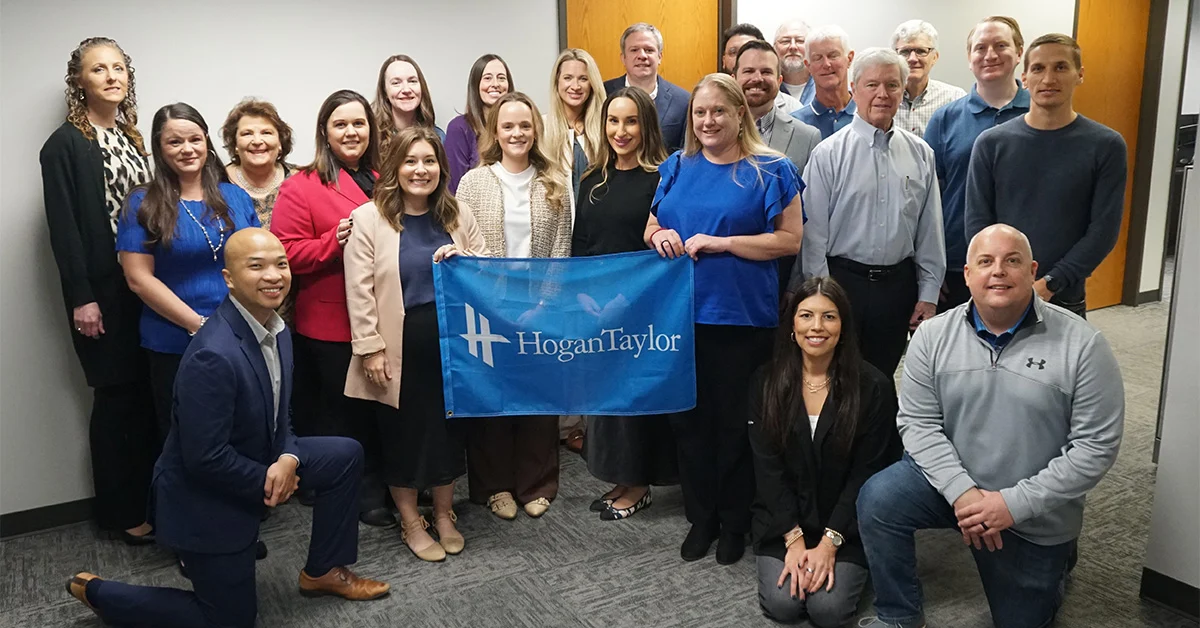In 2010, Pew Research announced the oldest members of the Baby Boomer generation were reaching retirement age, and that every day for the next 19 years, 10,000 Baby Boomers would reach age 65. Years of dire warning about the state of succession planning in CPA firms followed. In the last couple of years, talk of the largest living adult population retiring has cooled a bit. But nearly a decade later, is there evidence that firms heeded the warnings and got serious about succession planning?
The state of succession
According to the 19th Annual Rosenberg Practice Management Survey, for firms in the $2 million to $10 million category, 65.5% of partners are over the age of 50. Among sole practitioners and smaller firms, the percentage is 71.1%. The AICPA estimates 75 percent of today’s CPAs will be retiring in the next 15 years.
Despite getting closer to the cliff every day, Accounting Today’s “Year Ahead” Survey found that less than half of firms (in any size range) have a succession plan.
Why succession is as essential as ever
The accounting profession is entering a time of unprecedented disruption. According to some estimates, the hiring of entry-level accountants and auditors could drop by as much as 50 percent by 2020 and audit fees could decrease by 25 to 50 percent due to advances in technology.
Meanwhile, many young professionals today have little or no desire to become a partner in the firms they work for. They see firms that are inefficient, relying on outdated technology and partners who work longer hours than anyone else in the firm and realize that’s not the life or career they want. Instead, they take the training they receive in an accounting firm and leverage it to secure positions outside of public accounting. Firms are left scrambling to fill holes in what they thought were airtight plans to fill coming vacancies.
Faced with this reality, many firm owners believe they’ll sell their practice to fund retirement instead of turning it over to the next generation. But that plan is flawed as well. With so many CPAs retiring in the next decade, it will be a buyer’s market for practices. As a result, sellers will likely receive a lot less than expected.
Whether you plan on selling your firm or handing the reigns over to a younger generation, it’s time to get proactive about succession planning.
Where to start
Succession planning is not just about maintaining a list of high-potential employees. Firms need to focus on the skills and experience required for success at the partner and manager level and provide employees with professional development programs that can help them develop necessary skills.
New staff members should have client contact much earlier in their careers than firms have traditionally allowed – starting in year one. Once you identify potential successors, make sure they’re up to speed on the clients’ history, unique characteristics and needs. When identifying emerging leaders, don’t forget your support personnel. Your admin team may skills in business development, marketing and more. Integrate training with hiring by assessing your firm’s existing strengths and hiring to fill existing gaps.
If your firm is not proactively developing successors, the value of your firm is diminishing every day. Keep in mind, training a viable successor can take years and the best time to fix the roof is when it’s sunny. Don’t postpone establishing a succession plan. Having one in place is a sign of stability for existing and potential clients and employees.
Thanks for reading CPA Practice Advisor!
Subscribe Already registered? Log In
Need more information? Read the FAQs




